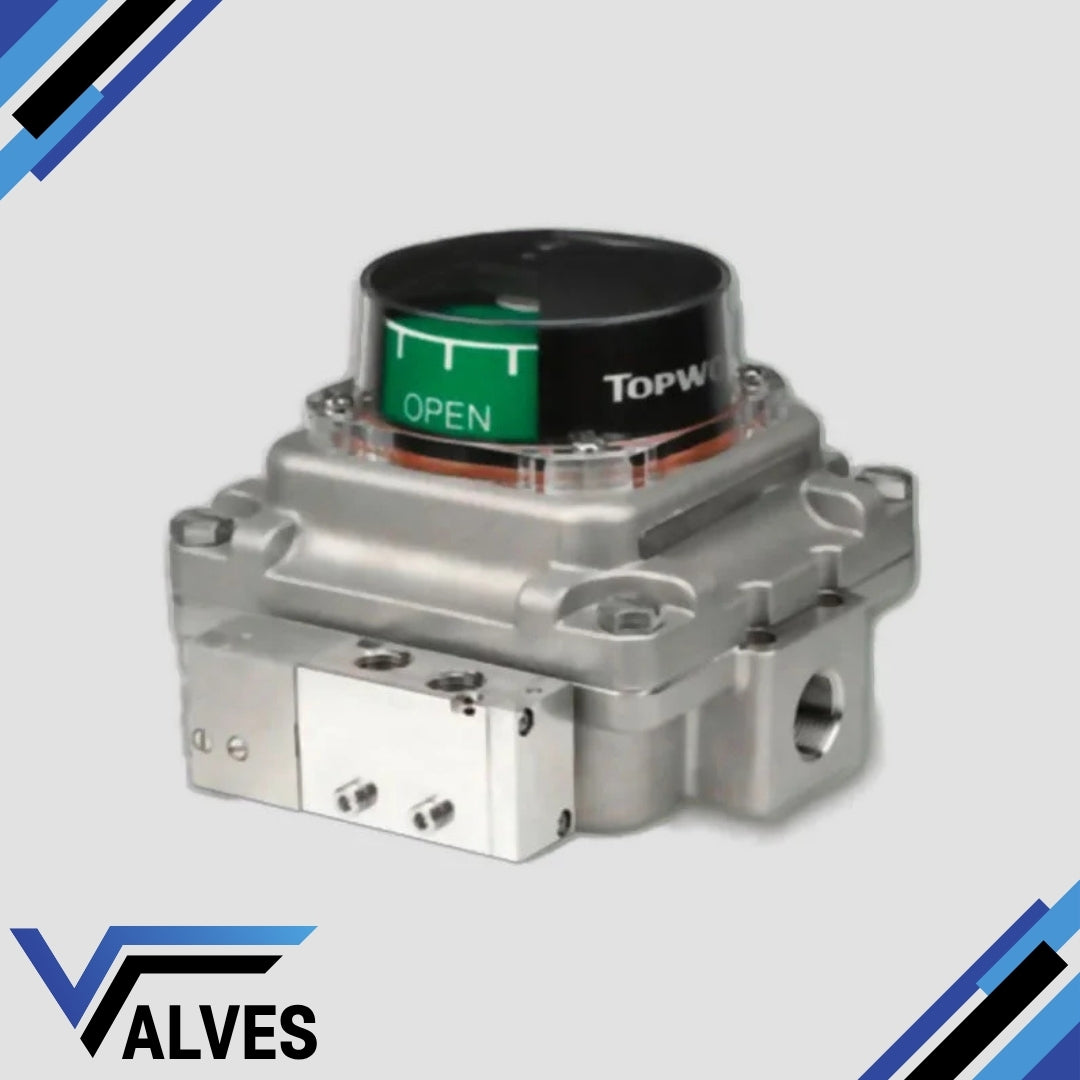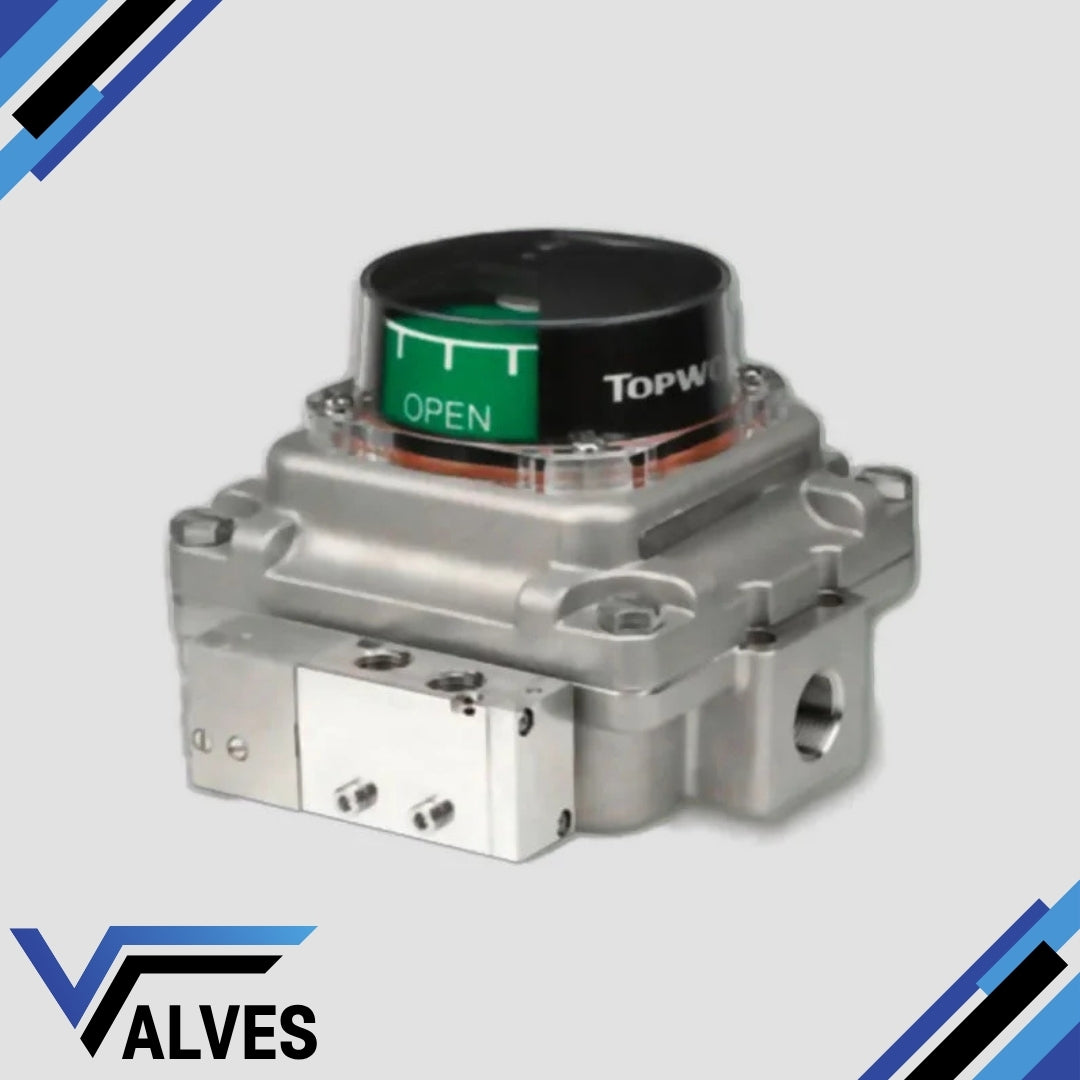Topworx Switchboxes
TopWorx Limit Switch Box TXS-0XCGLPM Valve Monitor
TopWorx Limit Switch Box TXS-0XCGLPM Valve Monitor
Couldn't load pickup availability
The TopWorx TXS-0XCGLPM is a reliable valve monitor designed for demanding industrial applications. It offers precise position monitoring for automated valves, with compatibility across both rotary and linear valve types. The device is ruggedly constructed to endure harsh environments, ensuring continued operation even under extreme conditions. With global certifications such as ATEX and IECEx, this model is particularly suited for hazardous areas, providing safe, dependable performance in oil and gas, chemical, and other process industries.
Key Features
- Hazardous Area Certifications: Rated for ATEX and IECEx standards, ensuring compatibility with stringent safety requirements in explosive environments.
- Rugged Construction: The TXS model comes with a robust aluminum or stainless steel enclosure, providing excellent protection against corrosion and physical damage.
- Flexible Mounting Options: This model supports both direct mounting and NAMUR mounting for easier installation on various valve types.
- Integral Feedback: The valve monitor provides accurate feedback via GO™ Switch proximity sensors, allowing operators to track valve position with precision.
- Wide Compatibility: Supports communication through multiple bus networks like Profibus and AS-Interface, allowing integration with existing control systems.
Additional Information
The TXS-0XCGLPM is designed to withstand challenging conditions, offering excellent ingress protection with IP66/67 ratings. It includes visual position indicators and customisable features such as manual overrides and different pilot valve options. This model can be specified with either mechanical or inductive proximity switches to suit specific application needs. Its durable design and flexibility make it a preferred solution for environments requiring precise valve monitoring and high reliability.
Share

FAQ's
What is the difference between a valve and an actuator?
What types of actuators are available?
The main types of actuators are:
Pneumatic actuators – use compressed air for fast, reliable operation.
Electric actuators – use electrical power for precise control.
Hydraulic actuators – use fluid pressure for high-torque applications.
Each type offers unique advantages depending on the environment, media, and system control needs.
How do I choose the right actuator for my valve?
To select the correct actuator, consider:
Valve type and torque requirement
Power source available (air, electric, or hydraulic)
Operating environment (temperature, humidity, hazardous area)
Control signal type (on/off or modulating)
Matching actuator torque and compatibility with the valve’s ISO mounting ensures reliable performance.
What are the main types of valves used in automation?
The most common valves in automated systems include:
Ball valves – for tight shutoff and quick operation.
Butterfly valves – for larger flow control with compact design.
Globe valves – for precise throttling and flow regulation.
Check valves – to prevent backflow.
Gate valves – for full bore flow isolation.
What’s the difference between a double-acting and spring-return actuator?
Double-acting actuators use air (or power) to both open and close the valve.
Spring-return actuators use air to open (or close) the valve, and a built-in spring to automatically return it to a safe position when power or air is lost — ideal for fail-safe operation.
How often should valves and actuators be serviced?
Regular maintenance intervals depend on operating conditions, but a good rule of thumb is to inspect every 6–12 months.
This includes checking for leaks, lubrication, seal wear, and actuator responsiveness to prevent unexpected downtime.

